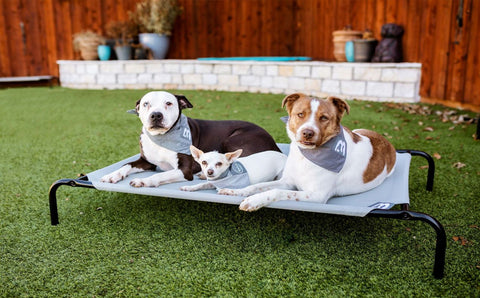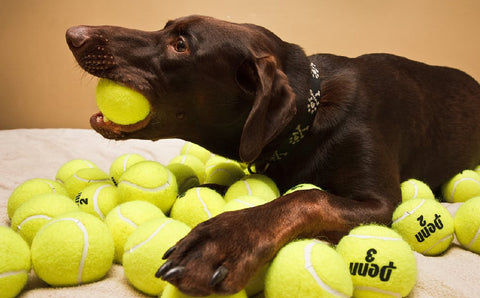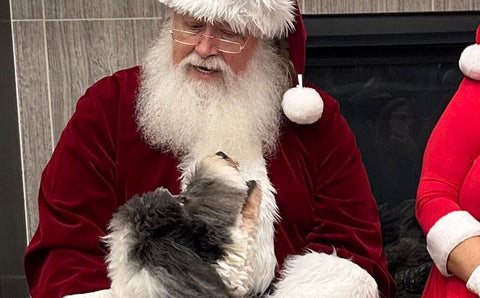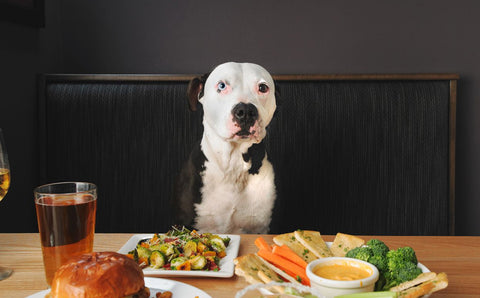Let’s talk about rehabilitating a dog that exhibits resource guarding behavior. Resource guarding is a common issue in dogs, and it's essential to address it to ensure the safety and well-being of both your pet and those around them.
Understanding Resource Guarding:
Resource guarding is a behavior where a dog becomes defensive or aggressive when someone approaches or tries to take away something they consider valuable. This can range from food and toys to their bed or even a particular person. It's important to recognize that resource guarding can escalate if left unaddressed, potentially leading to dangerous situations.
Assessment and Evaluation:
Your first step in rehabilitating a dog with resource guarding tendencies is to conduct a thorough assessment and evaluation. Understanding the underlying triggers and causes of this behavior is crucial. It may be rooted in fear, insecurity, dominance, or past experiences.
Neutral Approach:
- Safety First: Ensure the safety of everyone involved, including yourself, family members, and other pets. Use muzzles and leashes when necessary.
- Identify Triggers: Analyze what specifically triggers the resource guarding behavior. Is it food-related, toy-related, or related to a specific location or person?
- Desensitization: Gradually expose the dog to the trigger while maintaining a neutral demeanor. Use a systematic approach to desensitize them to the presence of the trigger without provoking aggression. Giving them something else to do while in the presence of the trigger can be very helpful. Using distance and quiet sound (if sound is part of the trigger) can also be very helpful. Ease into it – don’t do too much too soon.
- Counterconditioning: This involves changing the dog's emotional response to the trigger. For example, if the dog resource guards food, offer them a more valuable treat in exchange for the item they are guarding. This can help shift their focus away from guarding.
- Behavior Modification: Utilize your knowledge of dog psychology to work on the dog's overall behavior and confidence. Address any underlying anxiety or insecurity issues that may contribute to resource guarding.
- Consult a Professional: Sometimes, resource guarding can be complex, and it's essential to seek help from an experienced dog behaviorist or trainer when necessary. Collaboration can provide valuable insights and solutions.
- Consistency: Stress the importance of consistency in training and rehabilitation efforts. Everyone in the household should follow the same protocols to avoid confusion for the dog.
- Patience: Rehabilitation takes time. Be patient and persistent in your efforts. It's essential to understand that progress may be slow, but it's worth it for the safety and well-being of your dog.
Remember, your approach should be neutral and focused on understanding dog psychology. Each dog is unique, and what works for one may not work for another. Tailor your rehabilitation plan to the specific needs of the dog in question. Always prioritize safety and seek professional assistance when necessary.






